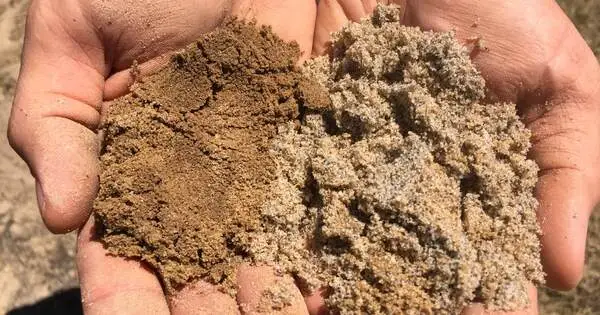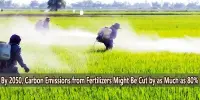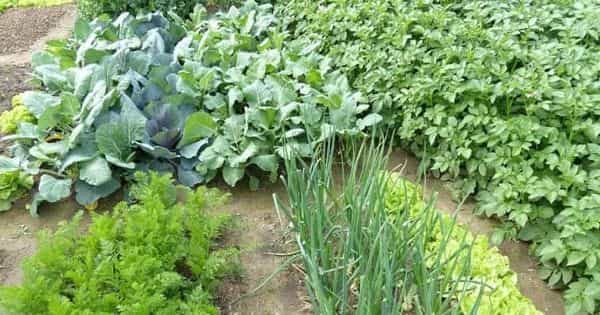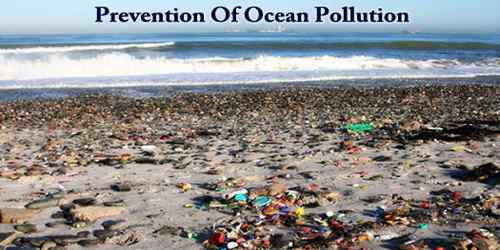Soil texture refers to the relative quantities of various mineral particles (sand, silt, and clay) found in a given soil. It is a classification tool that is used in both the field and the laboratory to identify soil groups based on their physical texture. Soil texture can be determined qualitatively, such as by feel, or quantitatively, using the hydrometer approach based on Stokes’ law. These particles have different sizes and qualities, which affect the soil’s features and behavior.
Soil texture is used in agriculture to determine crop adaptability and to forecast how the soil will respond to environmental and management variables such as drought or calcium (lime) requirements.
Soil texture focuses on the particles that are less than two millimeters in diameter which include sand, silt, and clay. The USDA soil taxonomy and WRB soil classification systems use 12 textural classes whereas the UK-ADAS system uses 11. These classifications are based on the percentages of sand, silt, and clay in the soil.
The three main soil texture components are:
- Sand: The largest particles in soil, with diameters ranging from 0.05 to 2.0 millimeters. Sandy soils are well-draining, but they may not retain water and nutrients effectively due to their coarse texture.
- Silt: Intermediate-sized particles, ranging from 0.002 to 0.05 millimeters in diameter. Silty soils have good water retention properties but may lack proper drainage.
- Clay: The smallest soil particles, with diameters less than 0.002 millimeters. Clayey soils retain water and nutrients well but can be poorly drained and prone to compaction.
Soil texture is commonly classified into various types based on the relative percentages of sand, silt, and clay. The most recognized soil texture classifications include:
- Sandy soil: Contains a high percentage of sand and drains quickly. It tends to be less fertile due to poor water and nutrient retention.
- Loamy soil: Balanced mixture of sand, silt, and clay, offering good drainage, water retention, and fertility. Loam is often considered ideal for plant growth.
- Clayey soil: Dominated by clay particles, this soil type has excellent water and nutrient retention but can be poorly drained. It may become compacted and hard when dry.
Soil texture affects a variety of soil qualities, including water retention, drainage, aeration, nutrient availability, and workability. Understanding the texture of a particular soil is critical for successful agricultural activities, gardening, and land management. Soil texture can be determined in a lab or examined in the field with simple methods like the “ribbon test” or the “sand, silt, and clay jar test.”
















